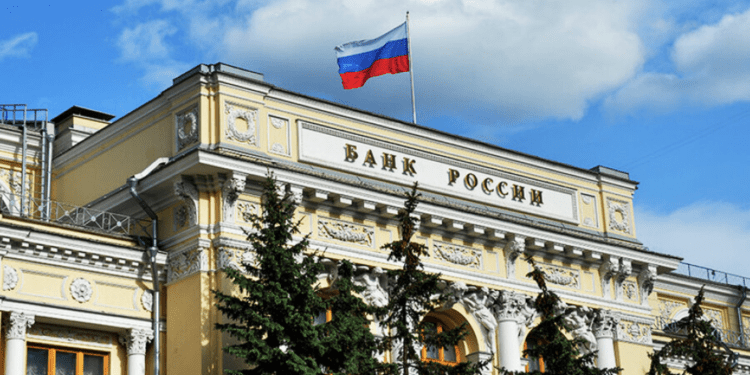- The Bank of Russia is set to begin central bank digital currency pilot trials with 13 banks.
- The Deputy governor of the Bank of Russia believes the project has reached a pivotal point.
- The bank plans to bring the digital rubles into widespread use.
The Bank of Russia has reached a pivotal phase within its CBDC project, according to the first deputy Governor of the bank, Olga Skorobogatova. In a recent report, the bank said they would begin testing operations for the Russian central bank currency (CBDC) project with digital rubles by August 15th.
In a statement released by the bank, there are indications that the pilot testing will involve the participation of 13 banks that have been chosen and their restricted group of clients.
According to the bank’s deputy governor, the initiation of pilot operations making use of genuine rubles is a significant phase in the project. It is a step that facilitates the examination of the digital ruble platform’s functionality, making use of an industrial use case, the refinement of essential collaborations with clients, potential process adjustments, and the assurance of an experience that is entirely user-friendly and understandable.
Skorobogatova then added that the bank’s primary strategy hinges on bringing the digital ruble into the mainstream and widespread use, involving the outcomes of gradual testing and also heavily relies on the successful execution of comprehensive trials that include all operational possibilities of the digital ruble.
According to Skorobogatova, there is an expectation that starting in 2025, businesses and citizens will be able to use the National digital currency at their request. In addition to the announcement, the initial phase of the pilot program will be heavily focused on refining the fundamental processes, which includes the establishment and funding of digital ruble accounts (digital wallets), digital ruble transactions among individuals, uncomplicated automated payments, and the active utilization of QR codes for transactions that include services and purchases.
Banks taking part in the pilot testing will have the chance to employ digital rubles for payments at 30 retail outlets situated across 11 cities in Russia, intending to broaden the roster of pilot participants by the end of 2023, which covers the inclusion of both businesses and individual clients.
By 2024, there will be a transformation in the array of transactions, with an added feature of payment scenarios utilizing a dynamic QR code and facilitating transfers between legal entities. In addition, the scope of templates for easy automated payments will receive an extension.
Conclusion
The introduction of the digital ruble was previously postponed indefinitely due to an issue in its legislation which had only advanced through the initial reading in the state Duma, which is responsible for constituting the lower chamber of the federal assembly.
Russia has now proceeded with the central bank’s digital currency innovation as the country’s president, Vladimir Putin, put into action the digital ruble legislation on July 24, which was barely a month ago.














